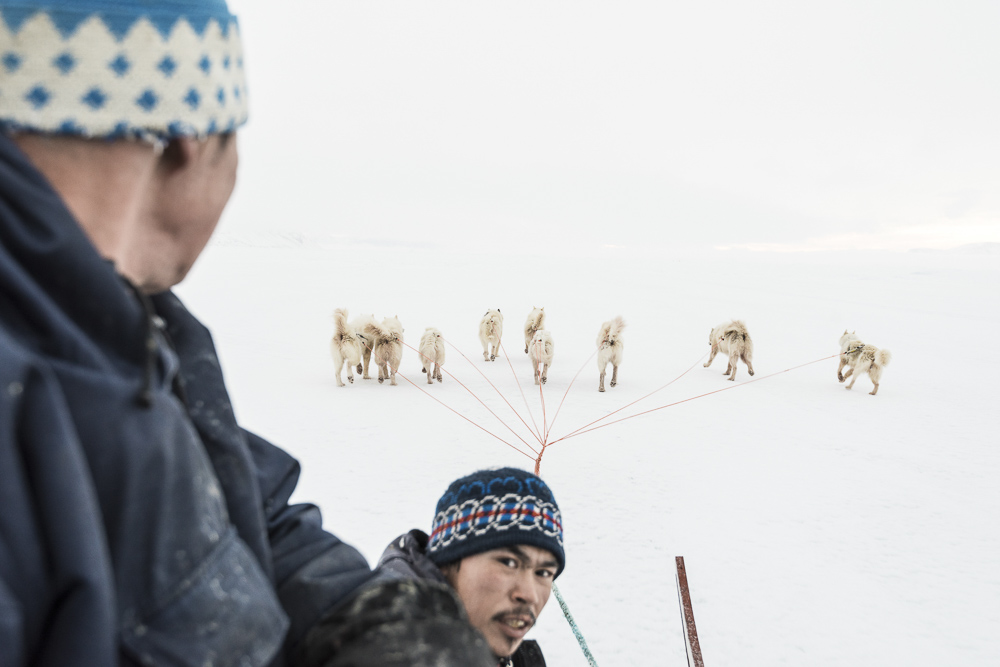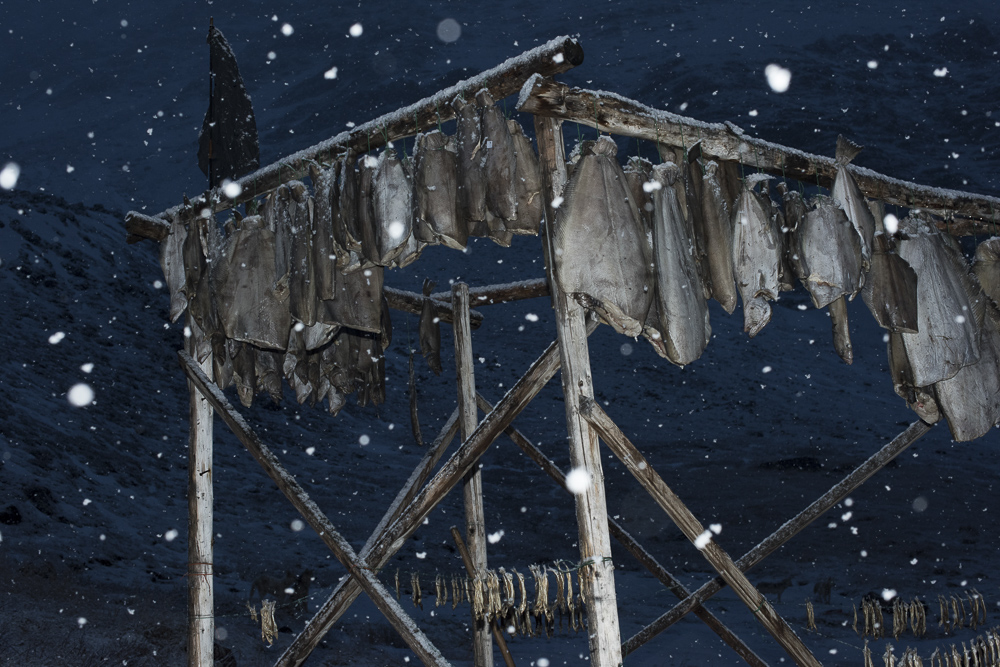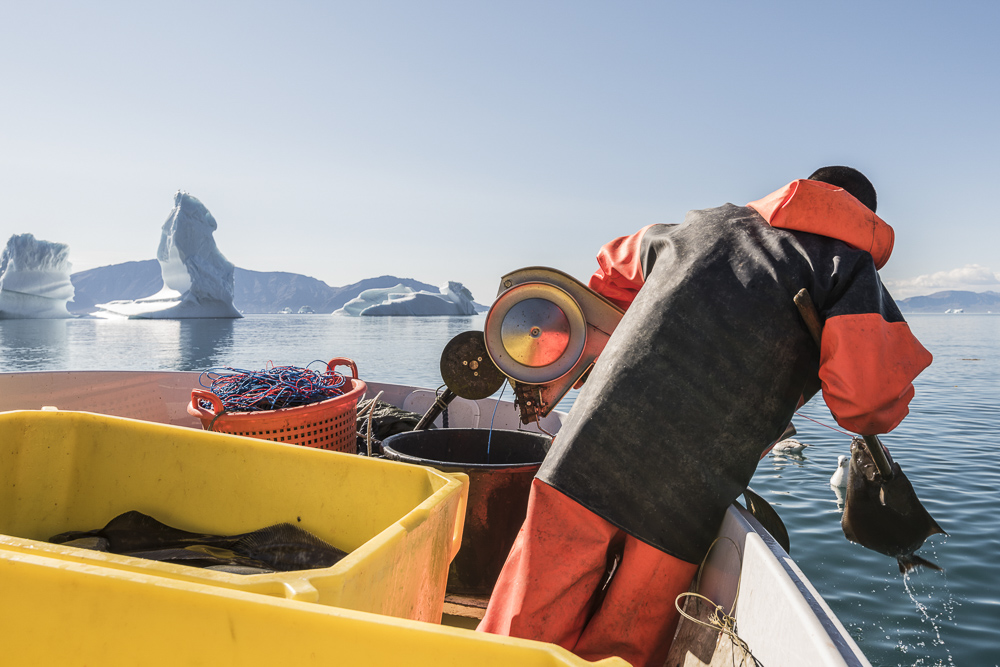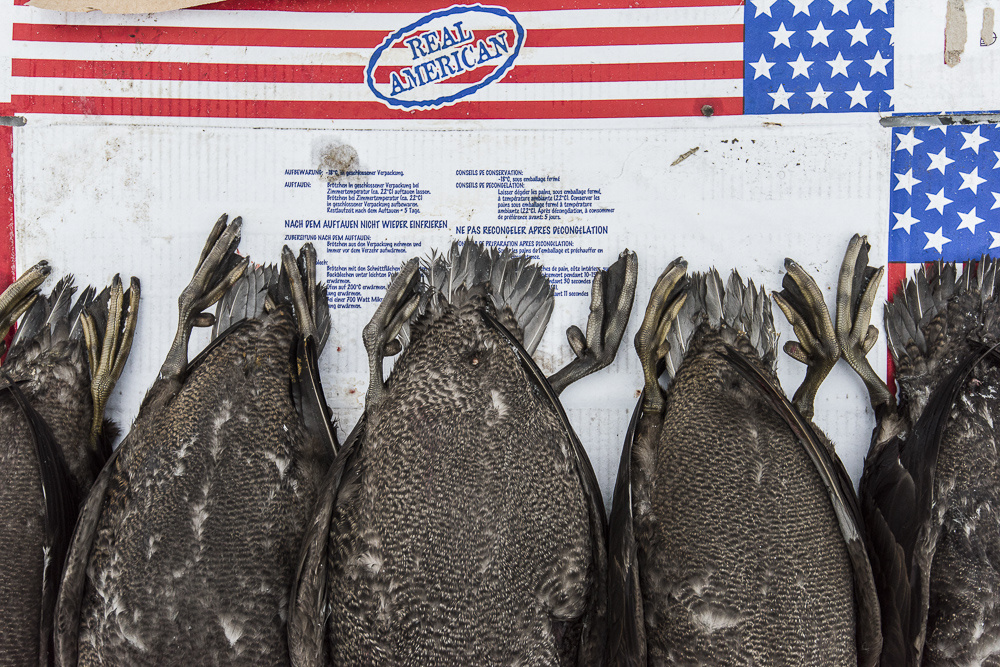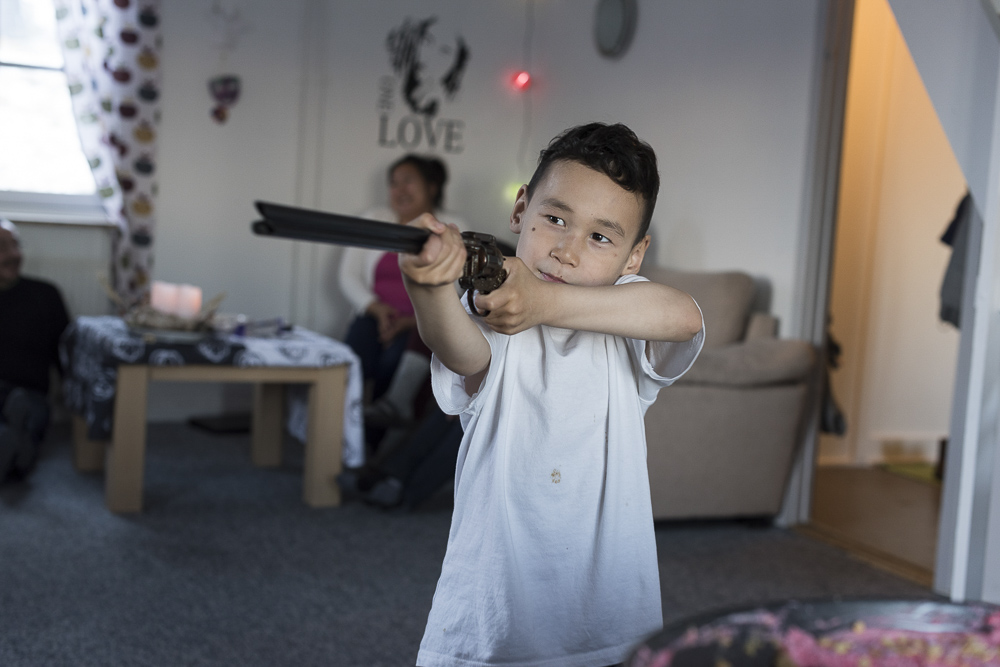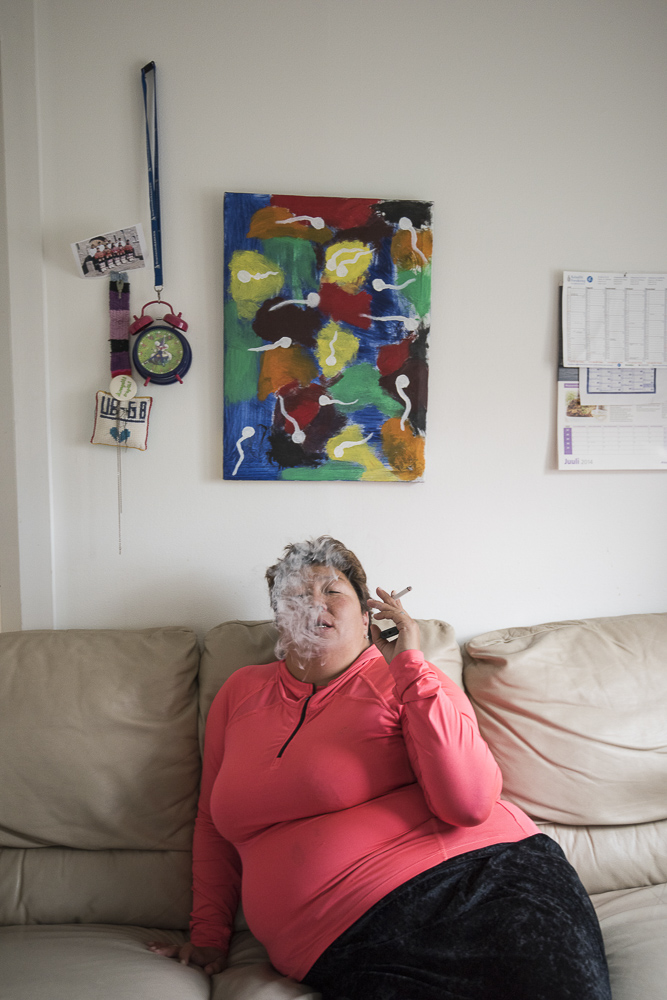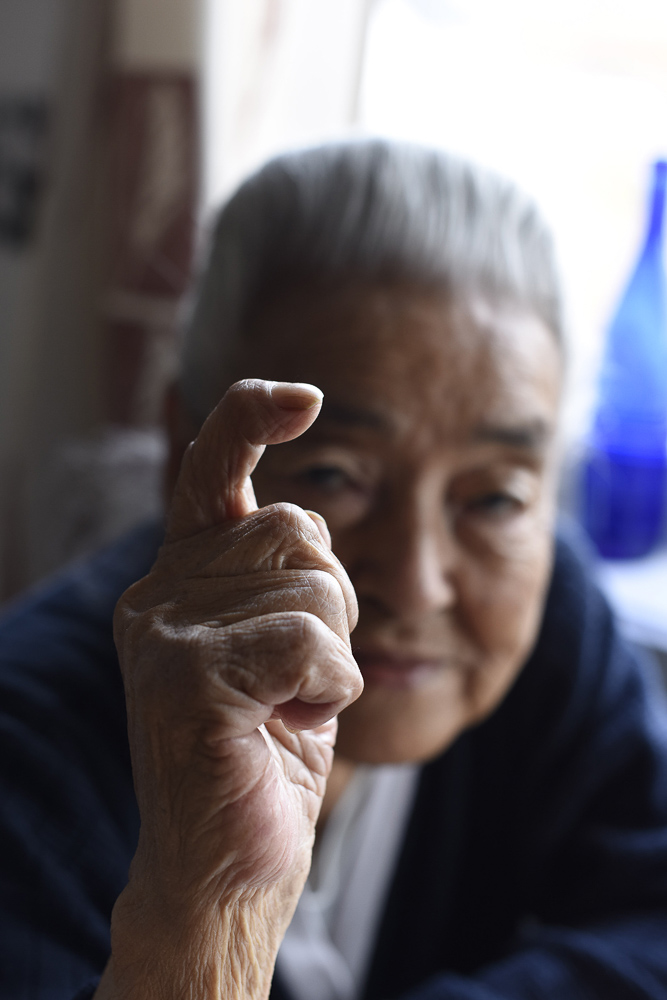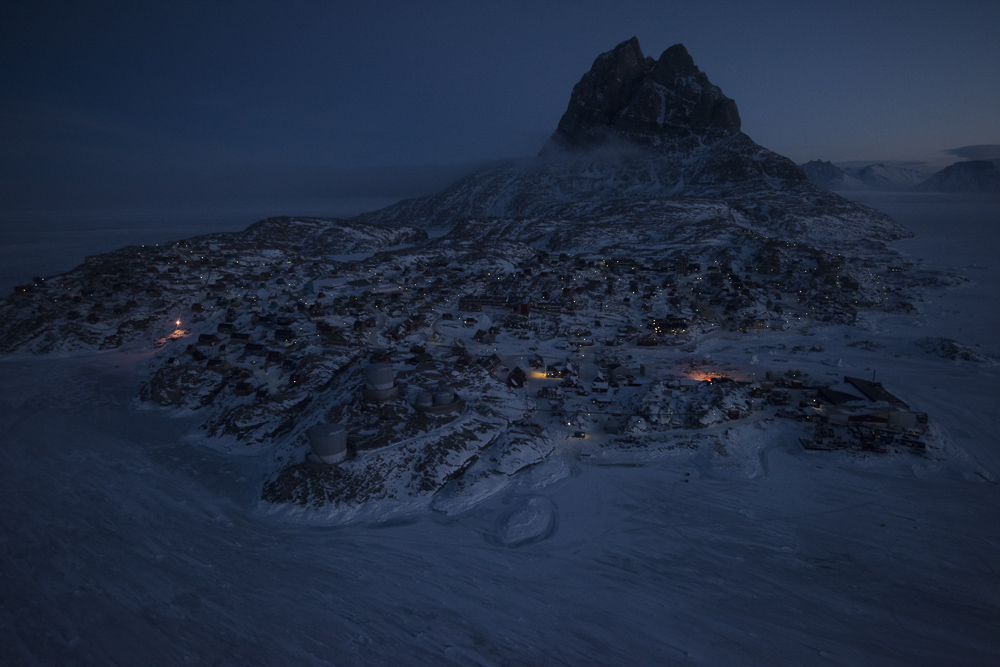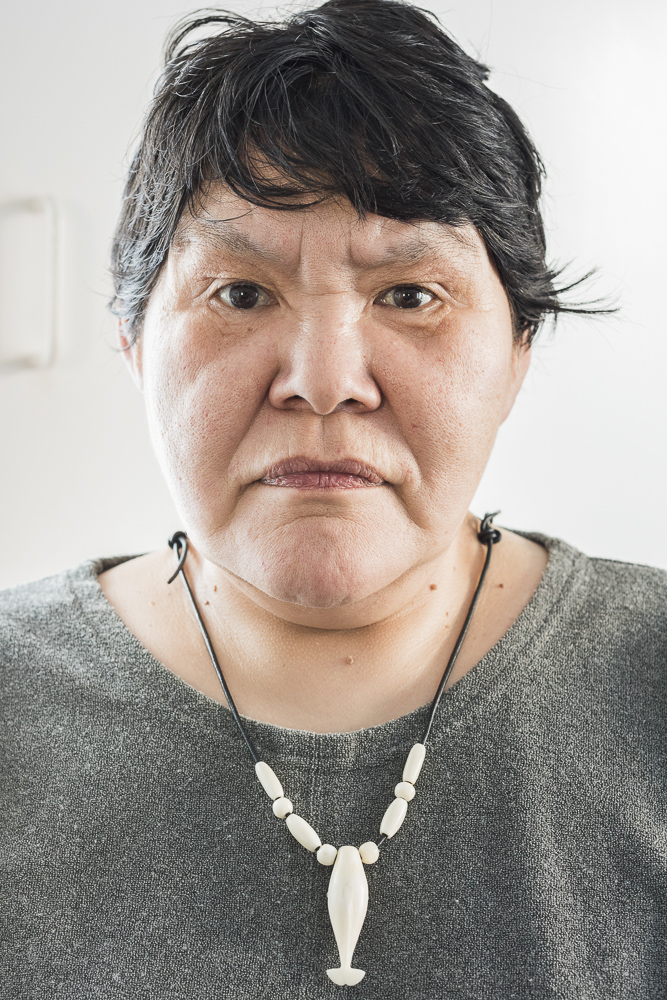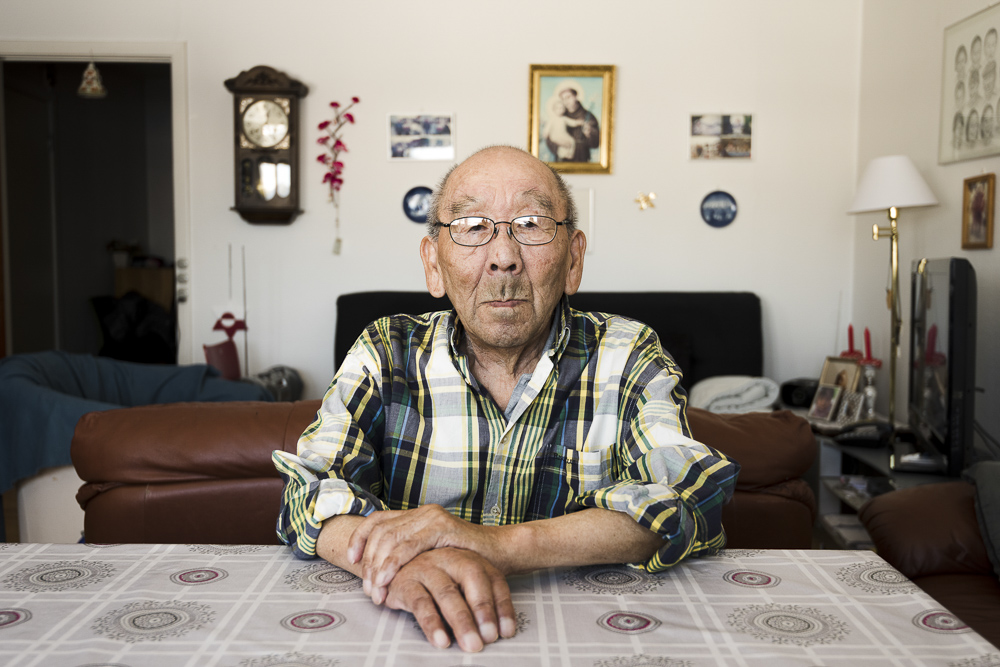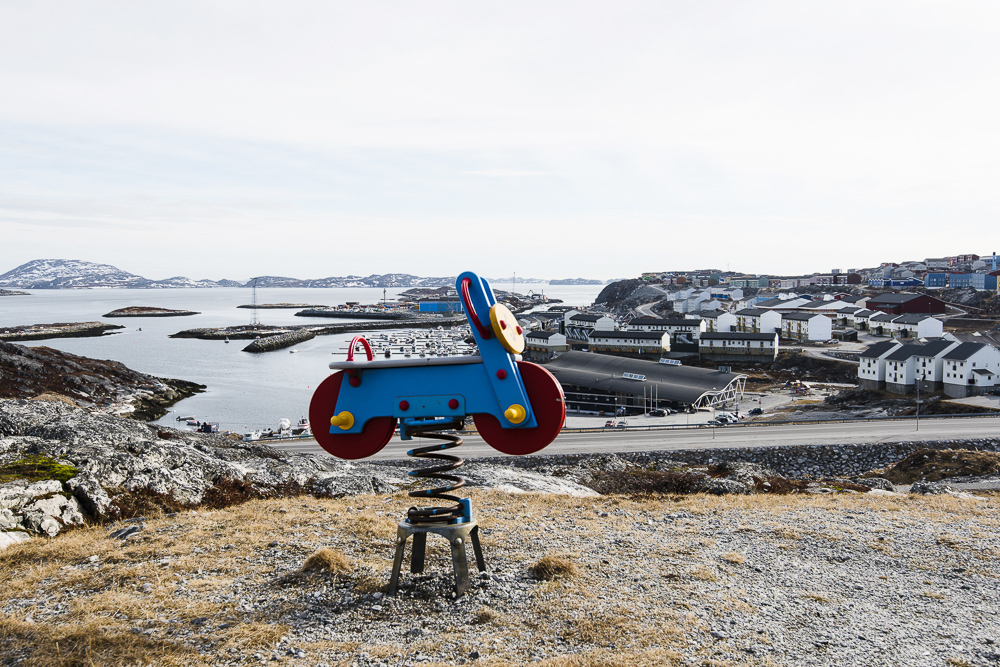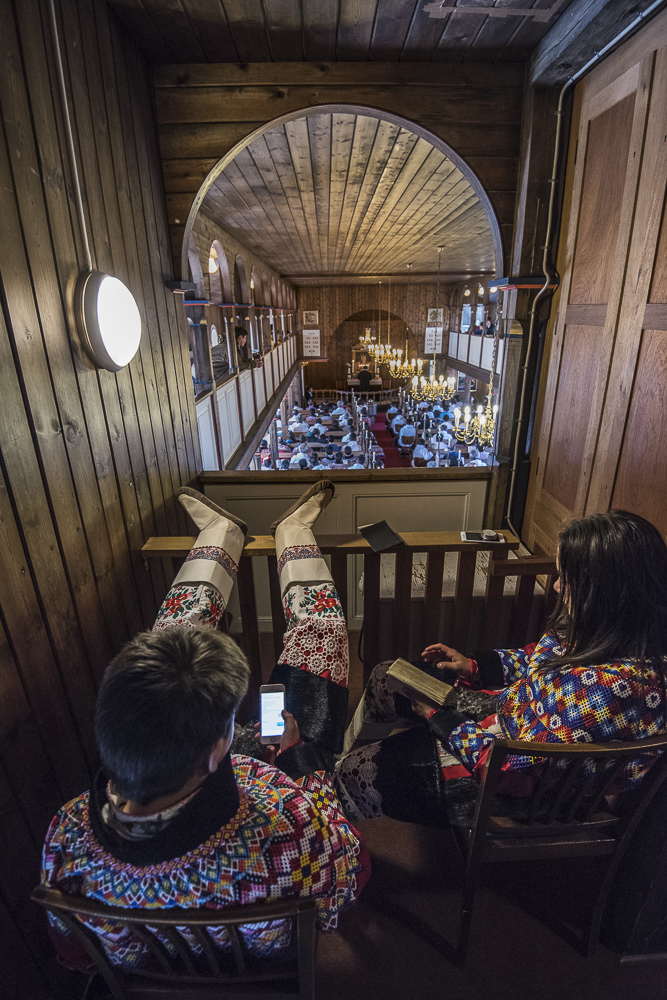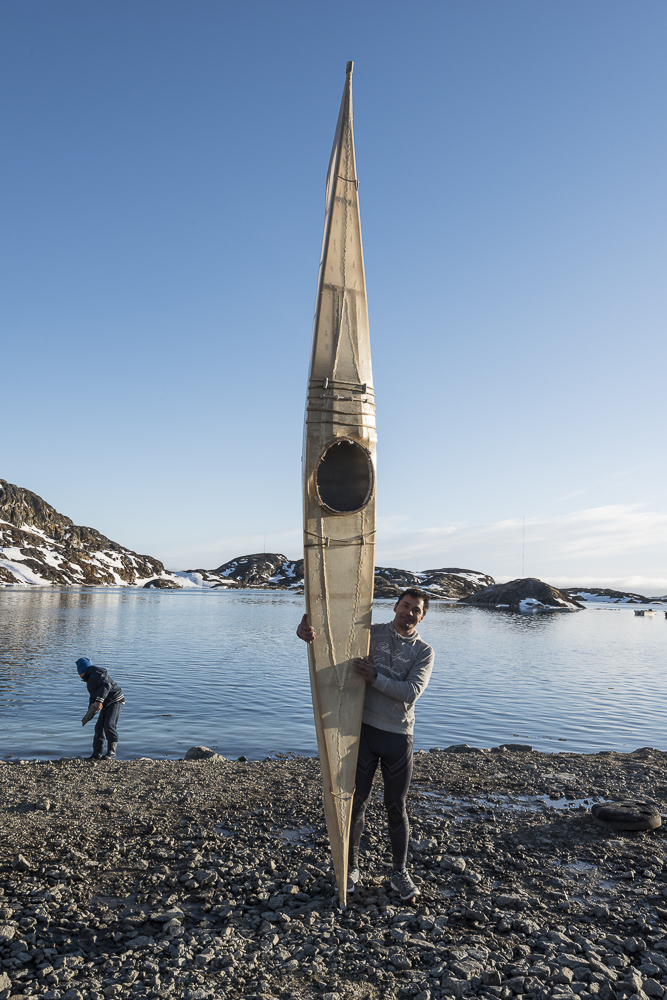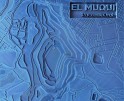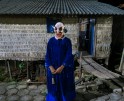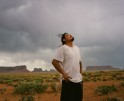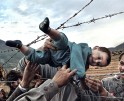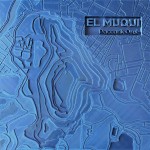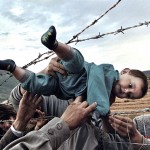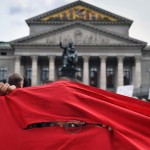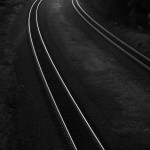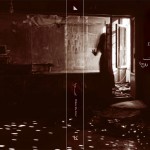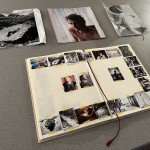Denis Defibaugh: North by Nuuk, Greenland after Kent
Projects featured over the next several days were selected from our most recent call-for-submissions. I was able to interview each of these individuals to gain further insight into the bodies of work they shared. Today, we are looking at the series North by Nuuk, Greenland after Kent, by Denis Defibaugh.
North by Nuuk, Greenland after Kent
The environmentally sweeping landscape of Greenland seems to overwhelm the human figure. It is the soul of the country, dangerous yet inviting at the same time. This pristine backdrop lured Rockwell Kent and Denis Defibaugh to Illorsuit with its unrelenting and challenging winter weather. Kent’s goal, “to experience the Far North at its spectacular ‘worst’.” Inspired by Kent, Defibaugh followed eighty-five years later to experience this extreme environment and show its beauty and the Inuit’s relation with the land. Illorsuit, the remote settlement of 70 people of no cars or roads can be very quiet at times, but it provides a perfect background for a comparative exploration which follows the long history of Arctic photography.
North by Nuukprovides an engaging and revealingview of change and continuity in Greenland. The future of Greenland is unclear. As climate change continues to dramatically affect the ice cap, settlements are slowly being abandoned, and population continues to decline. Separated by eighty-five years of evolution North by Nuukdocuments the modernity of Nuuk, Greenland’s capital, the primal and social landscape, traditions, culture, and people of relatively untouched remote arctic communities.
A traveling exhibition would support the book/publication. This installation would include a recreation of Kent’s 1930’s lantern-slide show, video outtakes of Inuit interviews, and 40-50 of Defibaugh’s photographs. The exhibition presents a layered comparative experience of contemporary Greenland and the Inuit culture of early 1930’s. Separated by eighty-five years of evolution North by Nuukdocuments the primal and social landscape, Inuit traditions, modernity, and culture, of remote arctic communities in Greenland.
Daniel George: When did you first discover Rockwell Kent’s paintings of Greenland, and what prompted you to take on the task of making work in Illorsuit?
Denis Defibaugh: I can’t really put a time or place on my discovery of Rockwell Kent’s paintings. During travels to Maine in the 1990’s I saw a number of Kent’s prints and books that piqued my interest in his writings and artworks. I saw one of Kent’s Greenland painting at a gallery in New York City that specialized in the masters. Kent’s painting was the standout on a wall filled with painting by historic artists. It was a Greenlandic winter scene with a sense of light and color that was unworldly.
It was Jake Milgram Wien’s exceptional book The Mythic and the Modern and accompanying exhibition at the Portland Art Museum that began my education of Kent as an artist and adventurer and inspired the reading of Kent’s Salaminaand Greenland Journalbooks.
It wasn’t Kent’s paintings that inspired the quest to travel to Greenland. It was his books about Greenland and the discovery of a set of Kent’s lantern slides at SUNY Plattsburgh. Very few of these images made in early 1930’s Greenland have ever been published or viewed. It was my goal to publish the lanternslides with my contemporary photographs of settlements and towns where Kent lived or traveled to from 1929 to 1935.
A National Science Foundation award made the comparative study project possible.
DG: What significance is there to the close, intimate proximity to the subjects in your photographs—contrasted with Kent’s work that was made at more of a distance?
DD: Many of Kent’s photographs were intimate portraits of Inuits that Kent became close to during his time in Greenland. Although there were some landscape photographs by Kent the majority included people and directed portraits. For me the need to photograph the people of Greenland and introduce the culture was an urgent objective. It was important to become engaged with residents of the four research communities of Nuuk, Sisimiut, Uummannaq, and Illorsuit. Along with research co-pi’s historian Axel Jeremiassen, anthropologists Susan Vanek, and Jette Rygaard we presented discussions, lectures, and slideshows about Kent in Greenland communities and introduced our goals for the comparative study project.
Photography workshops were presented to Inuit students in each community. A number of teachers collaborated with their students and took part in the workshops. Six schools and nine teachers participated. Cameras donated by Nikon USA were used by the students to create their photographs. At the conclusion of the workshops, prints were made and exhibitions of student images were displayed along with prints of Kent’s photographs. These exhibitions were greeted by large crowds.
This engagement was necessary to gain trust and respect from the communities. My objective was to document the Inuit as they are and to introduce the people of Greenland.
DG: You mention the relationship between the landscape and the human figure early on in your project statement, yet many of your portraits were made indoors. Why did you feel it was important to make and include these photographs in the series?
DD: The primal landscape, social landscape, and people were the three topics that Kent painted and photographed. I chose to use the same content in my photographs. I have many photographs of the human figure in the landscape and will have many in the book that accompanies the North by Nuuk, Greenland after Rockwell Kent exhibitions. Additionally, there are few photographers that choose to photograph the interiors and the domestic indoor life of Greenlanders. The goal of the project was to document Inuit life in Greenland, obviously a very broad topic that became condensed as the project evolved.
To gain an understanding of life in Greenland it is necessary to show interiors. Even Kent made photographs of people in interiors…especially in the home that he built.
DG: In what ways did you collaborate with the Inuit, whom you photograph, and how did you decide on the ways in which you would represent their culture?
DD: I traveled through the fjords by boat with Greelanders to fish, to hunt, to explore the Greenland coastline, and to taxi people and bring them to Uummannaq. I attended many kaffemiks (for birthdays and special events) and was invited to many dinners. A portrait day was offered to everyone in Illorsuit to come to my house and have their portrait made as a single, with friends, or family. It was a fun day and about 30% of the settlement came to have their photograph made. With a small Canon printer, I was able to print 8.5×11 inch prints for everyone. Many photographs were later on display in their homes.
Along with my NSF award colleagues, lectures were presented to the community as social gatherings to meet locals and introduce the NSF team and our project goals to the community. Rockwell Kent was discussed and his photographs were shared with the attendees.
The Sisimiut museum presented an exhibition of my and Kent’s photographs and student photographs.
DG: What do you feel is the greatest value of these photographs?
DD: The greatest value of the photographs in the context of Kent’s photographs demonstrate a Greenland of the early 1930’s as compared to today. I didn’t want to romanticize the Inuit culture. My goal was to show like as Kent experienced Greenland beside my photographs that somewhat follow Kent.
Beyond the aesthetic of the photographs the ethnographic record and the document of Greenlandic life in 2015/17 as a comparison to 85 years after Kent. With climate change and modernity, and an evolving Greenlandic culture the look of Inuit life may be changed dramatically in the next 85 years.
With over 30 solo exhibitions in museums and numerous publications that feature Defibaugh’s photographs he continues his exploration of photography and storytelling. A Fulbright-Hays Award lead to his Day of the Dead in Oaxaca, Mexico project which has produced numerous exhibitions in Texas, San Francisco, Miami, Rochester, Buffalo, Colorado and Montana. These photographs were published by TCU Press in his book, The Day of the Dead. Defibaugh’s view of extinct and endangered species, Afterlifes of Natural History, was exhibited in Arles, France during Fotofest and was featured in Smithsonian.com. He recently received a prestigious National Science Foundation award to research and produce A Comparative View of Environmental, Social and Cultural Change in Contemporary Greenland. Defibaugh’s Greenland photograph installation will begin travelling in Fall of 2019. He is a professor at RIT.
Posts on Lenscratch may not be reproduced without the permission of the Lenscratch staff and the photographer.
Recommended
-
Paccarik Orue: El MuquiDecember 9th, 2025
-
Lauri Gaffin: Moving Still: A Cinematic Life Frame-by-FrameDecember 4th, 2025
-
Dani Tranchesi: Ordinary MiraclesNovember 30th, 2025
-
Art of Documentary Photography: Elliot RossOctober 30th, 2025
-
The Art of Documentary Photography: Carol GuzyOctober 29th, 2025



